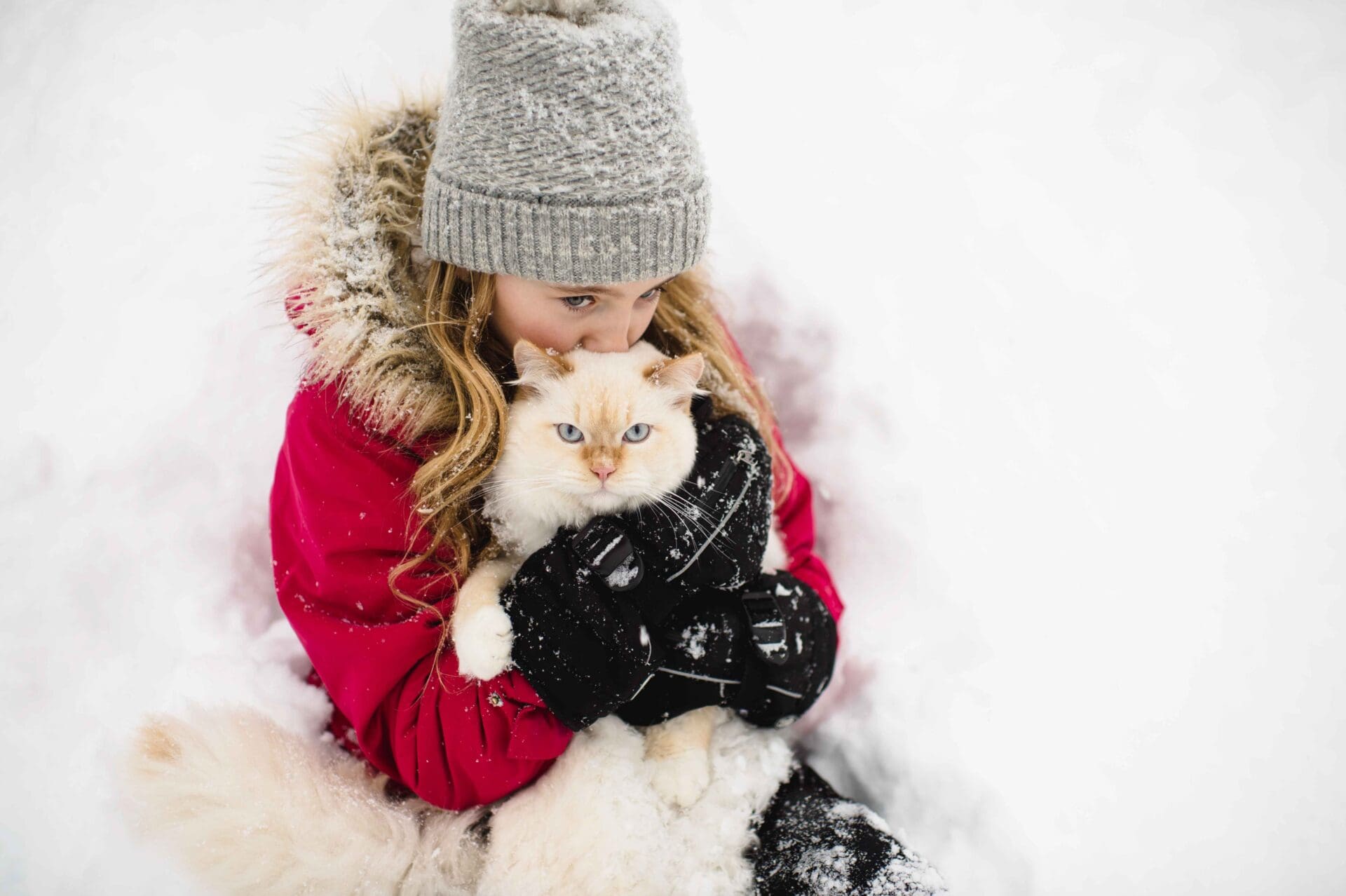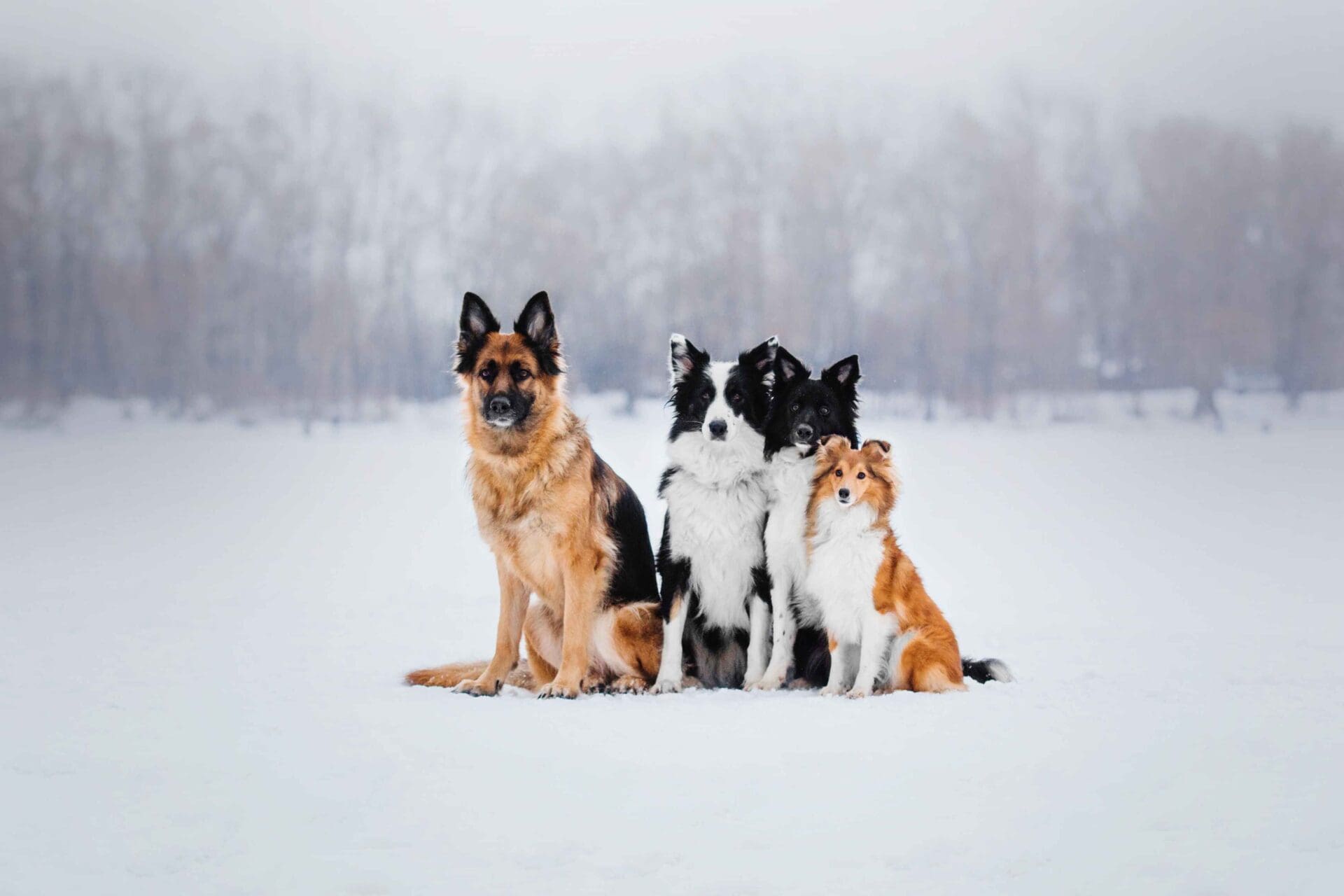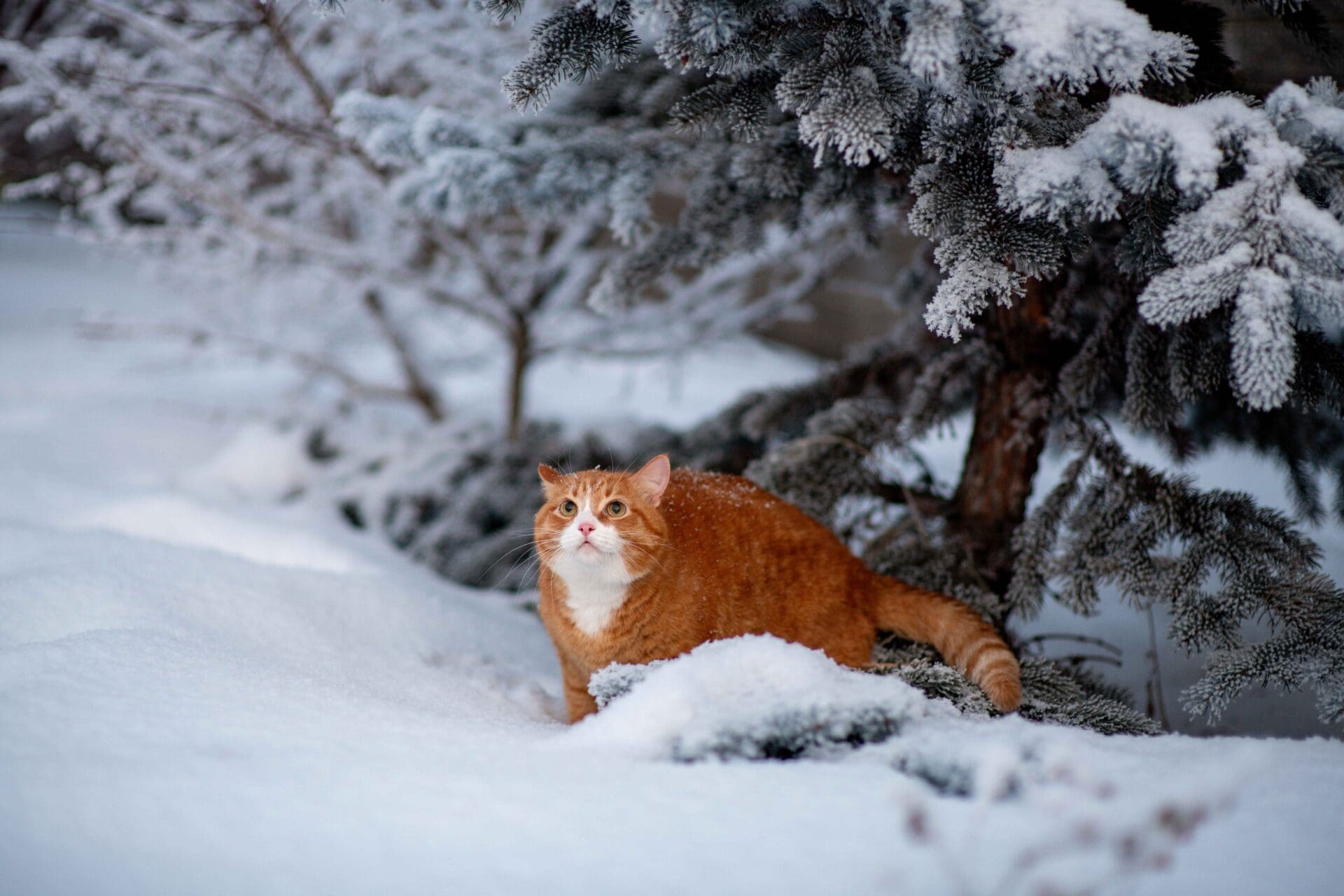Winter is a beautiful season, but it can be a challenging time for pets. From the bitter cold to icy surfaces, winter brings unique hazards that pet owners need to consider to ensure their furry friends stay safe and healthy. Let’s dive into essential pet safety tips to keep your pets protected during the winter months in Canada.
The Importance of Winter Safety for Your Pets

Keeping pets safe during Canadian winter months isn’t just about comfort—it’s essential for their overall health. In extreme cold weather, pets can face risks ranging from frostbite to dehydration. As temperatures drop, it’s crucial to ensure your pet has the care and protection they need. Prioritizing pet safety not only keeps them comfortable but prevents health issues caused by prolonged exposure to winter conditions.
Common Winter Challenges for Pets
When temperatures plummet, pets face a host of potential issues. From salt on sidewalks to the dangers of slipping on ice, here are some winter challenges to be aware of:
Frostbite and Hypothermia
Pets, especially those with thin coats, are susceptible to frostbite and hypothermia. Make sure they aren’t left outside for extended periods and always dry their paws after outdoor activities.
Paw Irritation from Ice and Salt
Salt and de-icing chemicals can harm pets’ paws, causing irritation or cracking. Consider using pet-friendly de-icers at home and rinsing their paws after walks.
Limited Exercise Opportunities
Winter can reduce a pet’s outdoor activity, leading to potential weight gain or pent-up energy. Provide them with indoor activities or dress them in warm attire for short outdoor walks.
How to Spot Signs Your Pet is Feeling the Cold

Knowing the signs that your pet is struggling in winter weather can help prevent serious health concerns. Look for these indicators that your pet may be uncomfortable or at risk:
- Shivering or Trembling: Like humans, pets shiver when they’re cold. It’s one of the first signs they need to warm up.
- Paw Lifting: If your pet keeps lifting their paws, it might mean they’re too cold or experiencing discomfort from the icy ground.
- Seeking Shelter: Pets may try to find warm spots or constantly look for a way back inside, indicating they’re struggling with the cold.
If you notice these or other unusual behaviors, don’t hesitate to consult with your vet. They can offer personalized advice or treatments to keep your pet comfortable and safe through the winter months. Staying proactive with regular vet checkups can also help catch any health concerns early.
Keeping an eye on these behaviors can help you decide when it’s time to bring your pet indoors or provide additional warmth.
Effective Tips to Keep Pets Safe During Winter

Ensuring pet safety during winter takes a few simple precautions. Here’s how you can help your pet thrive in the colder months:
Keep Walks Short and Sweet
Limit your pet’s outdoor time, especially during extreme cold spells. Focus on brief walks that give them exercise without prolonged exposure to the elements.
Invest in Winter Gear
Just as you wear coats and gloves, pets can benefit from winter attire. Consider pet-friendly jackets, boots, and sweaters, particularly for breeds sensitive to the cold.
Create a Warm Shelter
If you have outdoor pets, make sure they have a warm, dry place to retreat to. Insulate their shelter with blankets and ensure it’s elevated off the ground to prevent moisture.
Hydrate Regularly
It’s easy to forget, but pets need just as much hydration in winter. Ensure they have access to fresh water, as it can freeze quickly in cold weather.
Avoid Frozen Water Bodies
Avoid letting pets walk on frozen lakes or ponds, as they may fall through thin ice. Stick to safer paths and always keep an eye on your surroundings.
Bringing It All Together: A Winter Care Routine for Pets
A simple winter routine can keep pets happy and safe. Here’s a checklist to keep in mind:
- Check Paws After Every Walk: Clean and dry paws to prevent irritation.
- Limit Outdoor Time: Avoid long walks, especially during freezing weather.
- Dress Them Up: Invest in pet-friendly winter gear to shield them from the cold.
- Hydrate and Feed Appropriately: Ensure they have plenty of water and slightly increase their food intake if they’re active.
- Indoor Fun: Keep them entertained indoors to make up for reduced outdoor activity.
Extra Winter Tips for Canadian Pet Owners
In the Canadian winter months, extreme cold can bring additional considerations. Here’s what Canadian pet owners should be mindful of:
- Snow Buildup: Snow accumulation on paws can cause discomfort. Check paws regularly during walks and brush off any snow that clings to them.
- Antifreeze Warning: In Canada, antifreeze is commonly used on driveways and roads, but it can be deadly for pets. Wipe down their paws after outdoor time and keep antifreeze stored safely out of reach.
- Indoor Exercise: Since going outside can be difficult, consider engaging your pet in indoor activities to keep them active. Toys, games, and even small indoor agility setups are great ways to burn energy.
Winter months can pose unique challenges for pet safety, but with the right precautions, you can keep your furry friends healthy and happy. Spall and Harvey Animal Hospital is here to support your pet’s health year-round.
